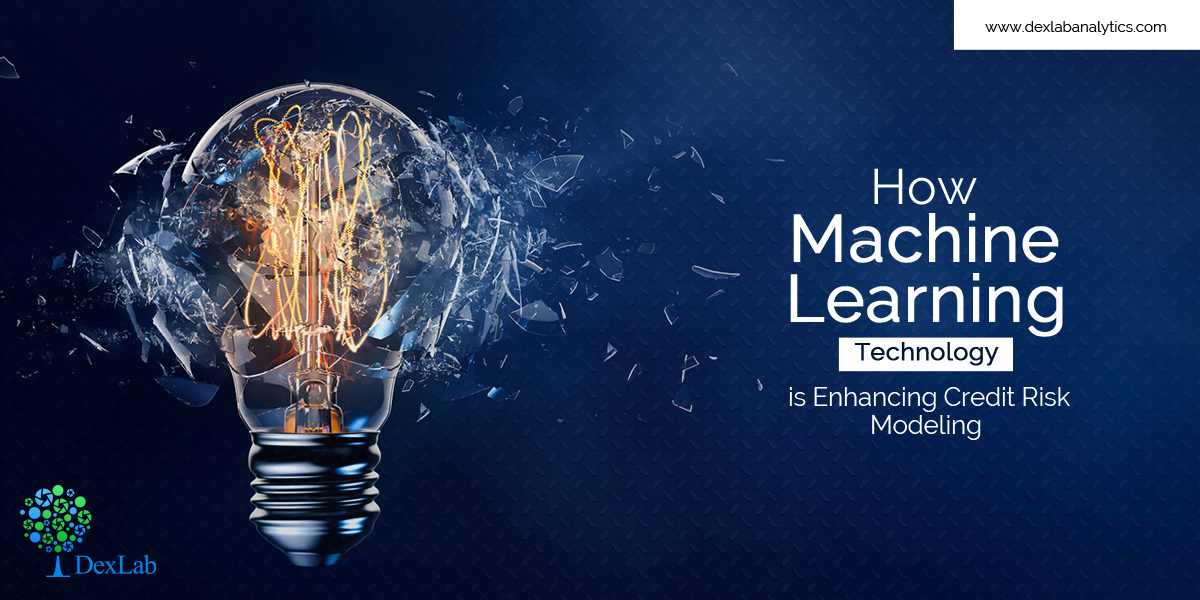
Risk is an intrinsic part of the money lending system. There’s always the chance that customers borrowing money from financial institutions fail to repay their loans. And to determine the exact probability of a customer paying off a loan or defaulting on it, banks and other lenders rely on credit risk modeling.
Next-Gen Credit Assessment Techniques
The credit situation has changed a lot from how it used to be ten years ago. And to keep up, lenders must also evolve by identifying and responding to issues in real-time. Credit risk strategy has become more complex and multiple factors need to be weighed to arrive at the correct decision that’s both profitable for the enterprise and customer. Sophisticated models that contain more than one dimension, such as additional information about a customer’s finance and behavior patterns, are in demand. These models help get a 360 degree view of the customer’s financial condition.
Moreover, banks want to provide broader financial inclusion with the intention that more customers get credit scores and avail their financial services. But they need to keep a check on their risk levels too. Traditional credit assessment techniques having linear nature, for example logistic regression, are useful, but only till a point.
Neural Networks
Recent developments in neural networks have greatly improved credit risk modeling and seem to provide a solution to the above mentioned problem. One such breakthrough is the NeuroDecision Technology from Equifax that facilitates more inclusive models, so scores and consent can be given to a bigger and varied group of customers.
Machine Learning (ML) is a fast-moving field and neural networks are used within deep learning, which is an advanced form of ML. It has the potential to make more accurate predictions and go beyond the linear analysis methods of logistic regression. This is a positive development for both the business and its customers.
Linear Vs. Inclusive
What happens in a logistic regression model is that all customers above a straight line (prime) get approved, whereas everyone falling below that line (subprime) gets rejected. Hence, customers who are working hard towards creating a good credit profile but fall just below prime get declined repeatedly. Despite this problem, traditional linear models are widely used because outcomes can be easily conveyed to customers, which helps to be in sync with consumer credit regulations that demand higher transparency.
On the other hand, neural networks lead to non-linear or curved arcs that include those customers who aren’t yet prime, but are evidently moving in the right direction. This increases the ‘approved customer’ base, which is beneficial for the business because customers are being served better and the enterprise is growing. This model is advantageous from the perspective of customers also as it allows more people to access mainstream financial services. The only problem is explaining the outcome to customers as neural networks tend to be rather complex.

Concluding Note
Many companies are producing robust credit modeling tools employing deep learning techniques. And these game-changing developments highlight the fact that they are just the starting point of a series of interesting developments ahead.
You can be a part of this exciting and booming field too! Just enroll for credit risk modeling certification at DexLab Analytics. Detailed courses chalked out and taught by industry professionals ensure that you get the best credit risk training in Delhi.
.
Comments are closed here.